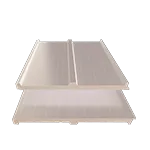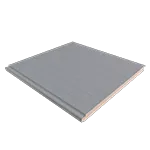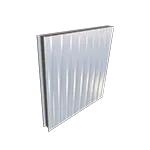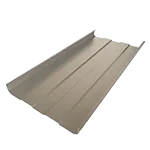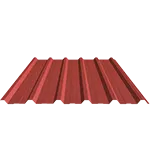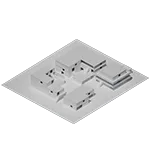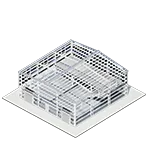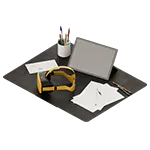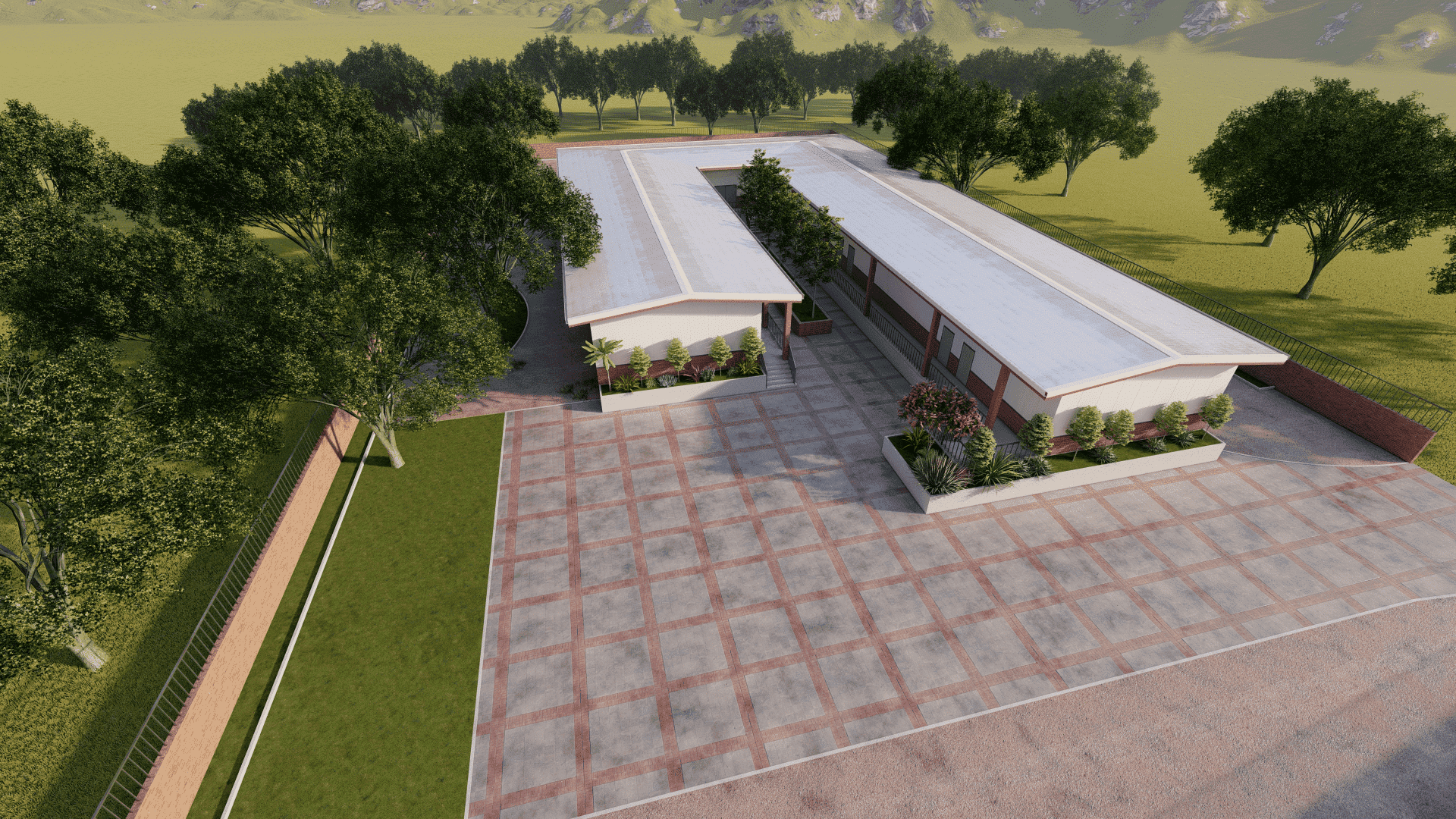Infrastructure and education
Education is a growing sector. The demand for adequate and appropriate infrastructure for the new challenges is known to many. We have left behind classrooms with capacities of 50 students, giving way to classrooms for smaller groups and with a vision of work focused on the team, instead of individual work.
New spaces and new needs have emerged. Libraries no longer house only reference books, but also periodicals libraries, individual study areas, Internet access, robotics laboratories, etc.
New spaces for psychomotor stimulation are incorporated into the curriculum. Work laboratories, leisure areas, and cafeterias are some of the most common spaces nowadays.
Administrative processes that adapt to new technologies, flexible classrooms in terms of use and spatial distribution, more mobility, and greater dynamism. All this is much easier to achieve with prefabricated buildings.
There is a growing and increasing demand for more modern infrastructure, to reach places where there was no presence of government or private institutions and to replace obsolete infrastructure.
The education sector, despite the boom in online education, is not the only one experiencing the demand for a lot of new infrastructures to develop investment and expansion plans, but also other areas such as the hospital sector, and sports, among others, have experienced significant growth in recent years.
Today, the educational infrastructure must be efficient in terms of capital investment, but of high quality, flexible, modifiable, scalable and adjustable to the needs of the educational centers, their educational teams, equipment, and, above all, of the students.
All these issues brings us to the present topic: building schools based on prefabricated building systems
7 reasons to build a school with a prefabricated system
1. Versatility of use and choice of modules.
The prefabricated building industry offers a wide range of modules that allow the purpose of these to be adapted to different requirements depending on the needs.
Modules are usually designed to provide maximum flexibility for growth and modification to future needs. The base structure is usually homogeneous in several modules that are customized. This allows for appropriate changes or adjustments to be made to meet demands over time.
The requirements and spaces of the schools vary over the years, as well as with changes in teaching methodology. As schools can be built with prefabricated modules, they can be adapted to these new needs at any time.
2. Fast and simple.
The manufacturing of these modules in an industrialized and standardized way streamlines all processes, not only in the decision-making process but also in the manufacturing. The client receives a previously tested product.
Most of the prefabricated modules have a previous execution process in specialized workshops. This reduces time and minimizes execution errors. Likewise, the process is designed from the very beginning in a system that is as simplified as possible.
One of the great advantages of using prefabricated elements is the reduction of execution times. And that is a critical issue when it comes to replacing or transforming an old school with a modern system. Time is a key factor since it must be done during the students’ vacation period.
3. Diminished execution costs
Being an industrialized system, everything is optimized and under controlled conditions. Usually, most of the work is done in factories and not on-site. This offers many advantages: no time is lost due to bad weather, all the necessary material is at hand, there is more effective planning, and unforeseen events are reduced.
Factories can plan their production, thus obtaining significant savings in the purchase of raw materials to manufacture the materials. These savings are often reflected in more competitive costs for builders, in contrast to traditional systems.
When planning to build one or several schools, the use of prefabricated products offers the possibility of achieving significant cost savings the greater the number of schools, as it is a serial prefabrication process.
4. Possibility of extensions or modifications.
Many people think that prefabricated buildings may cause difficulties when it comes to making modifications or extensions over the years. This is not entirely true. And many times, this can be done by the same manufacturer.
Prefabricated systems are designed to work like a “lego”. Unlike traditional systems where you usually execute what is planned from the beginning. These extensions or modifications are usually much simpler with prefabricated systems, where the development is based on the combination of predefined modules.
This provides the opportunity to have schools with the possibility of future growth and expansion. One of its main advantages is the construction by stages, which means growing based on the possibilities and needs of the moment. With a prefabricated construction system, it is feasible and very efficient.
5. Schools with a prefabricated system easily adapt to spaces and different terrain conditions
Flexibility and adaptation are one of the main hallmarks of prefabricated buildings. From the beginning, they are solutions designed to adapt to the most diverse typology of the geography of the terrain. It would be a problem for these companies if they only had a possibility of the topography of the land, so, being a flexible system, it allows its construction in different conditions of the selected land: flat, sloping, and irregular, among others.
As it is an industrialized product, they seek to provide a solution as widely viable in terms of dimensions, expansion possibilities, and modification. Or such is the case of diverse climatic conditions (wind, snow, extreme heat, etc.) and even seismic-resistant. This type of construction system allows us to meet and adapt to the requirements of different international building codes or regulations.
6. An educational brand image can be created through the building
The use of materials with a wide range of colors or finishes allows the creation of differentiated and increasingly unique buildings, even if they are prefabricated.
Criticism of these systems regarding their aesthetic rigidity is a thing of the past. Innovation in manufacturing processes, special attention to more attractive designs, as well as a wide variety of possibilities in the combination of materials, finishes, and colors have made the variety of potential aesthetic configurations very vast. This can be of great interest, especially for private schools.
Schools that are worthy for everyone and have the attributes of comfort, quality, and a recognizable image. All this can be achieved by using prefabricated systems, which guarantee that the defined standards will always be the same no matter where the work is carried out.
7. From the first bolt to the last school desk
Some of the companies specializing in this sector can provide a “turnkey” to the client. That is, they can provide everything needed to set up the building, but at the same time, they have the capacity to supply the ad-hoc furniture to carry out all the educational and administrative activities necessary in the educational buildings.
The evolution is constant and the search for “turnkey” solutions for the customer has allowed the development of products that satisfy or cover the customer’s needs for this type of products.
Whiteboards, desks, chairs, filing cabinets, office furniture for administrative personnel, etc. These are usually some of the options that the client can select, and thus know that all the furniture fits perfectly in the building and are a solution to be defined from the beginning of the project.
Schools with a prefabricated building system: Wrap Up
The continuous demand for solutions in educational buildings, with a reduction of time, and costs and a product of good manufacturing and quality, make the market for this type of building become more professional year after year.
The 7 advantages listed in this blog post are a reflection of how prefabricated buildings are a view to the future, and are increasingly gaining ground over traditional constructions.
Versatility, easy adaptation to new uses, and solutions for a wide range of needs make prefabricated buildings one of the first options to consider for executing works.
Their advantages increasingly tip the balance towards integral solutions with the possibility of expansion and growth at lower costs and in less time than traditional constructions. And perhaps something significant to mention is their low need for skilled labor.
Many of these prefabricated systems take advantage of the use of prefabricated materials such as insulated panels in the construction of walls and roofs, which allow advantages such as thermal comfort, noise reduction, speed of installation, the versatility of finishes and textures, guaranteed durability, and very competitive costs. We discuss these topics extensively in other articles on our blog.
